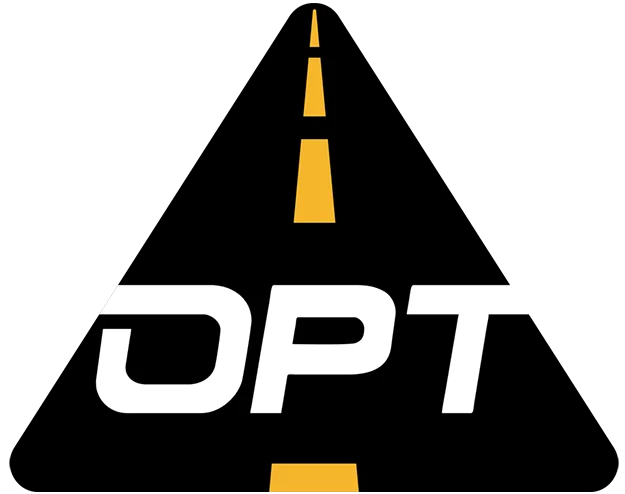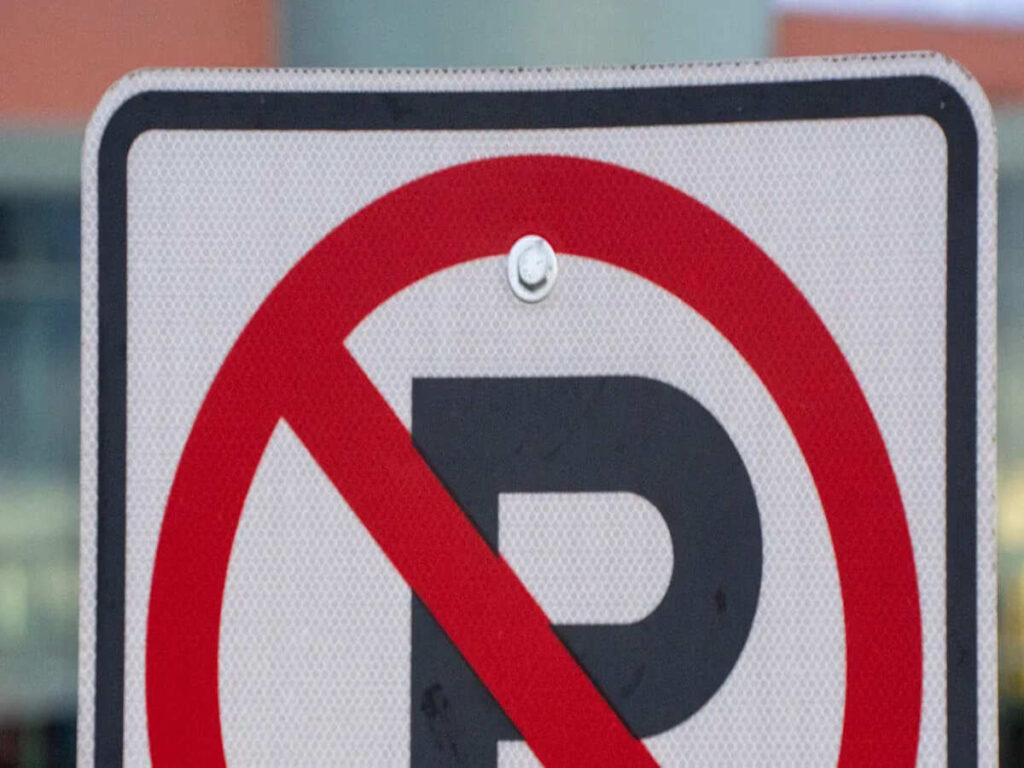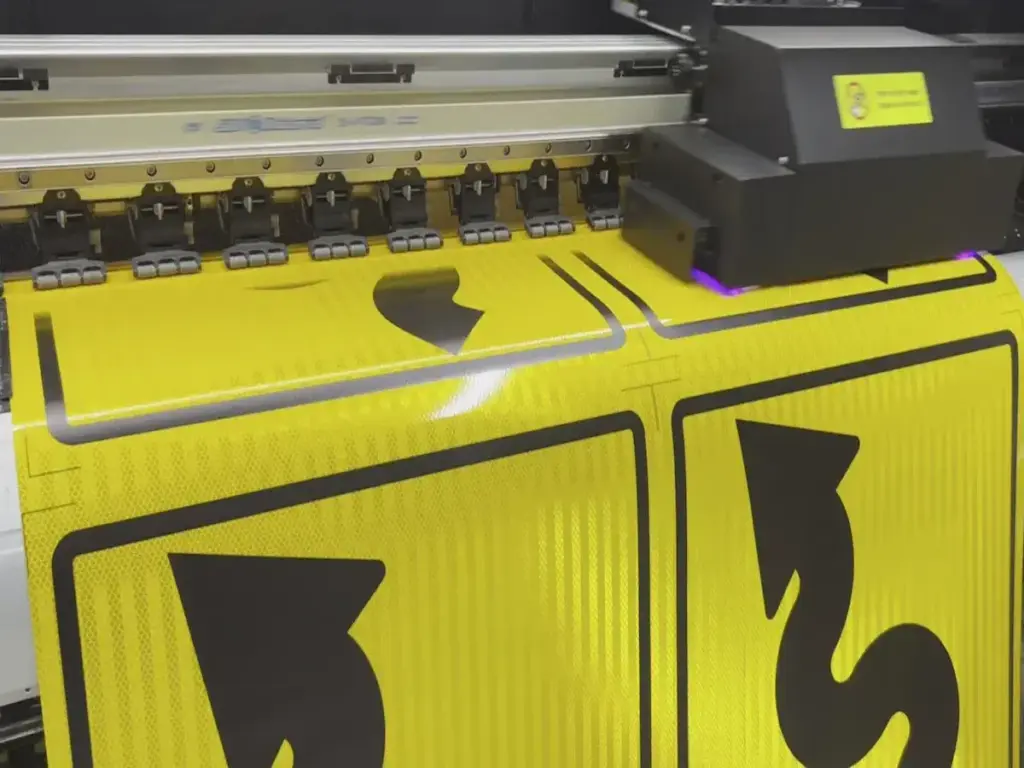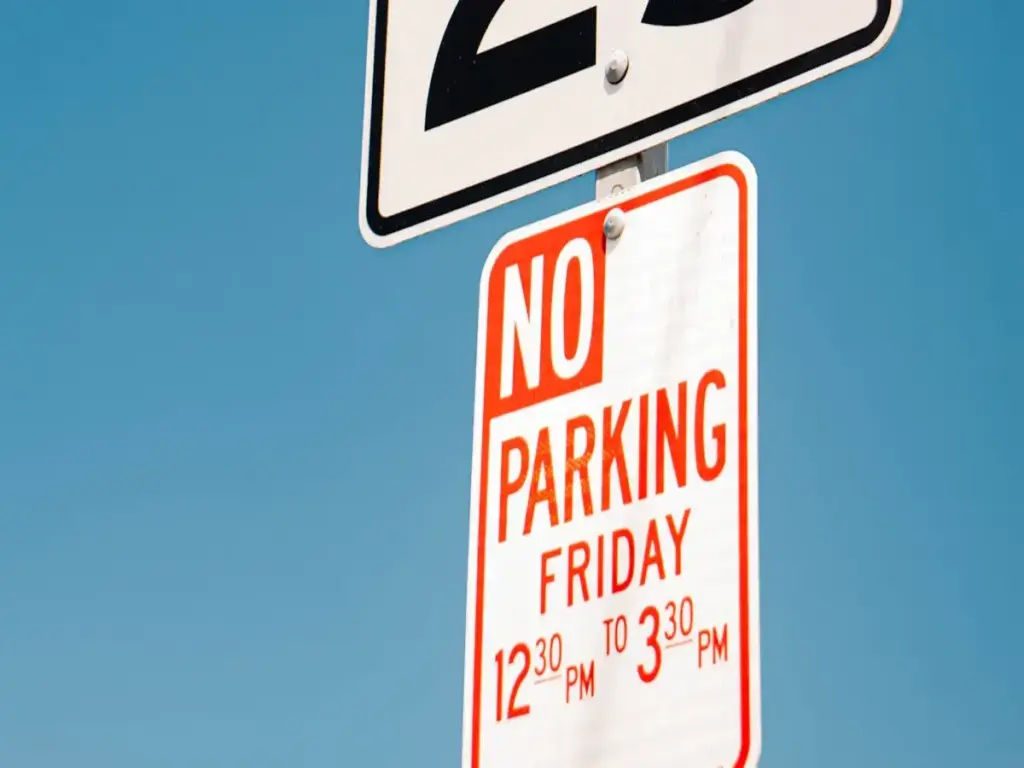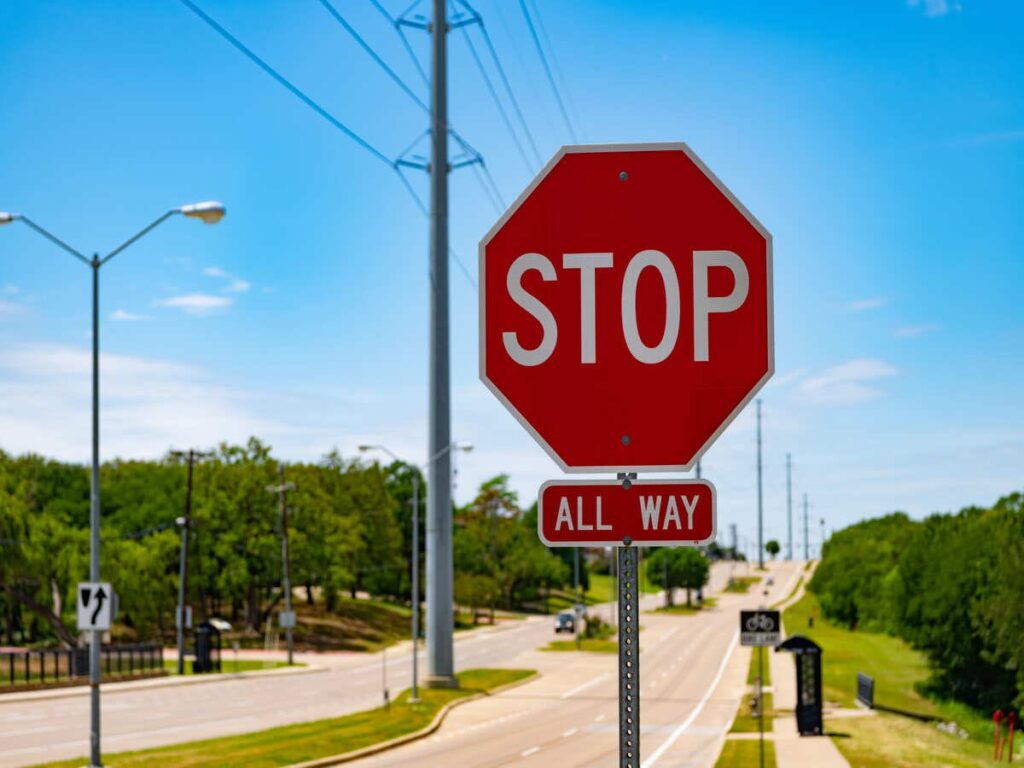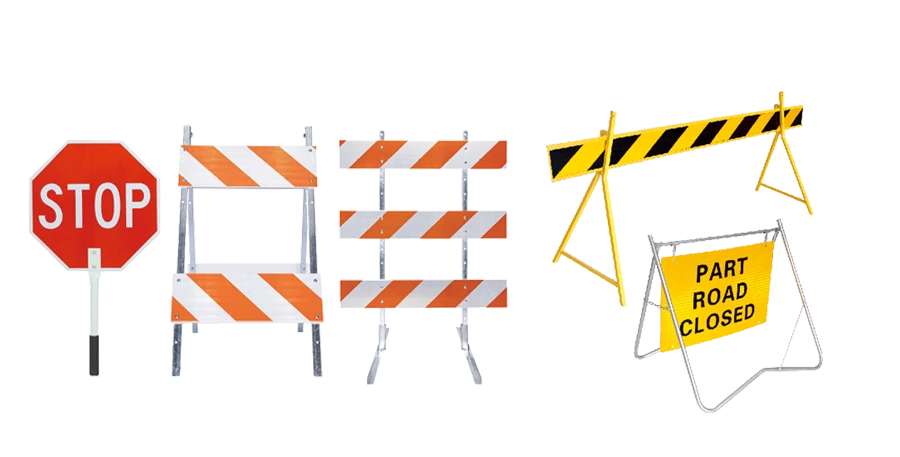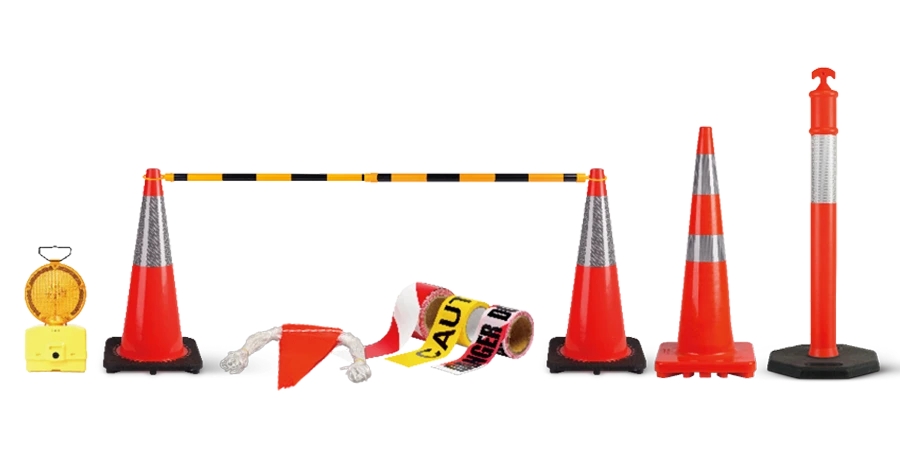
Comprendre les couleurs et la signification des panneaux de signalisation est important pour une communication claire. ANSI rules are tailored for U.S. besoins, alors que Normes ISO are recognized globally. Ces différences dans les couleurs et les significations des panneaux de signalisation modifient la manière dont les panneaux transmettent des messages importants.. Par exemple, un panneau rouge peut indiquer un danger dans un système, dans un autre système, cela pourrait signifier que quelque chose n'est pas autorisé. Choisir la bonne norme est essentiel pour assurer la sécurité des personnes et éviter les erreurs. En appliquant correctement ces règles, nous pouvons rendre le monde plus sûr pour tout le monde.
OPTRAFIC provides a wide range of high-quality traffic signs that meet both ANSI and ISO standards. OPTRAFFIC traffic safety signs for sale are designed to improve safety and ensure compliance with global and local regulations.
Contact us today to explore our traffic sign solutions tailored to your specific needs.
Principaux à retenir
- Learn how ANSI and ISO traffic sign rules are different. ANSI is for the U.S., and ISO is for the world.
- Pick the right rule based on where your project is. Use ANSI in the U.S. and ISO in other countries.
- Make traffic signs easy to read. Use simple colors and symbols so everyone understands fast.
- Teach your team about both ANSI and ISO rules. This avoids mistakes and keeps people safe on global projects.
- Buy traffic signs from trusted sellers. Good signs last longer and keep people safe for 10 ans ou plus.
Overview of ANSI Traffic Sign Colors and Meanings
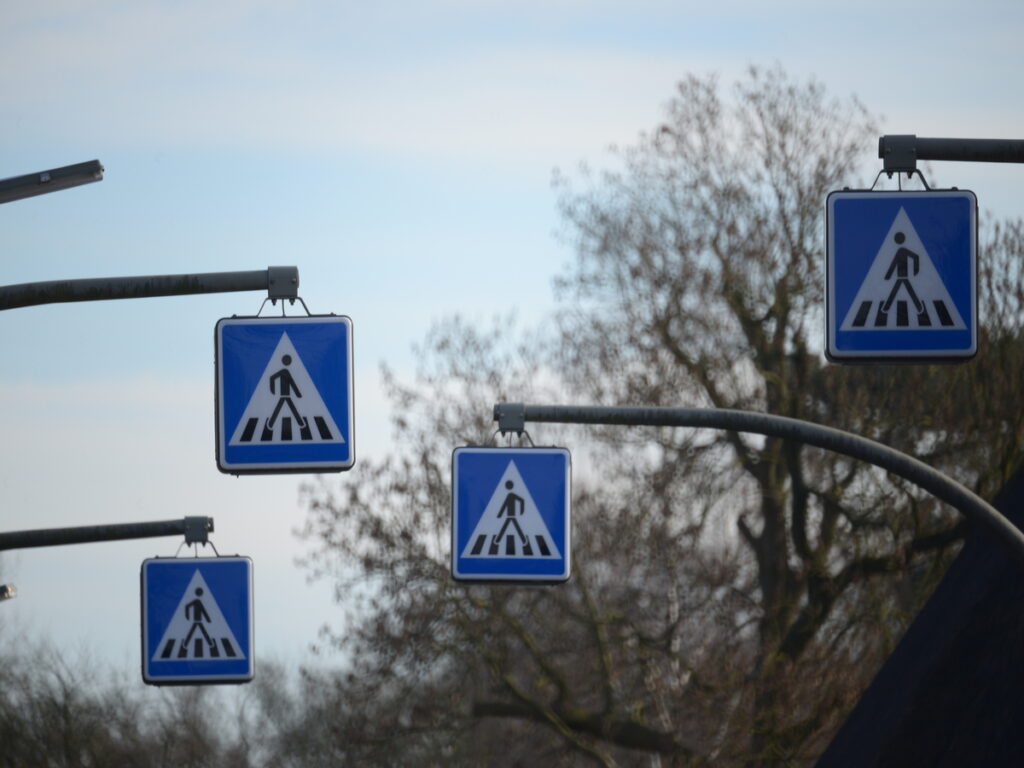
ANSI Z535 Safety Sign Color Meanings
Le ANSI Z535 rules assign colors to share safety messages clearly. Each color has a special meaning to show danger or actions needed. Par exemple:
- Rouge means danger or stop immediately.
- Jaune warns about possible dangers.
- Vert shows safe areas or directions.
- Bleu gives instructions you must follow.
- Orange points out warnings for certain dangers.
- Black and white share general rules or information.
These colors help everyone understand safety risks quickly and easily.
Practical Examples of ANSI-Compliant Signs
You’ve probably seen ANSI signs in public or work areas. Un rouge “ARRÊT” sign at a factory gate or a yellow “Prudence: Sol mouillé” sign in a store are examples. En usines, green signs show emergency exits, and blue signs tell workers to wear safety gear. These signs use bright colors and symbols to share messages fast.
Regional Adoption and Usage in the U.S.
Aux États-Unis, ANSI rules are used in many industries. They guide how traffic sign colors and meanings improve safety. Dangerous places like construction sites and factories rely on these rules to keep people safe. Since ANSI colors match global standards, teams from different countries can follow safety rules easily.
Using ANSI signs helps make places safer and prevents accidents. These signs are not just suggestions—they save lives.
Overview of ISO Standards for Traffic Sign Colors
ISO 7010 Color Coding and Meanings
Règles ISO use colors to share safety messages worldwide. These colors follow ISO 7010, which keeps signs consistent everywhere. Each color has a clear meaning:
- Rouge means something is not allowed or very dangerous.
- Jaune warns about possible dangers ahead.
- Vert shows safe places or directions to go.
- Bleu gives instructions you must follow.
- White and black share general information or symbols.
These colors help people understand risks fast, Peu importe leur langue.
Practical Examples of ISO-Compliant Signs
You can find ISO signs in airports, usines, et les espaces publics. Par exemple:
- A red circle with a line means “Interdiction de fumer.”
- A yellow triangle with a bolt warns of electric danger.
- Green signs with a running figure show emergency exits.
- Blue signs with a helmet picture remind workers to wear gear.
These safety signs use simple symbols and colors so everyone understands quickly.
Global Adoption and Usage of ISO Standards
ISO rules are used in Europe, Asie, and other places. They create one system for safety signs, helping in global projects. Countries use these rules to make safety better and avoid confusion. ISO colors and symbols make a shared safety language. This helps people in new places stay safe and find their way.
Following ISO rules makes your signs meet global standards and keeps everyone safer.
Key Differences Between ANSI and ISO Standards

Differences in Color Application
ANSI and ISO use colors in different ways for safety. ANSI focuses on U.S. industries, while ISO works globally. Par exemple:
- ANSI uses orange for dangerous machine parts.
- ISO uses specific codes for similar hazards.
- ANSI’s yellow shows tripping risks.
- ISO may use other shades or symbols for this.
Here’s a table showing how they differ:
| Couleur | ANSI Use Description | ISO Use Description |
|---|---|---|
| Safety Orange | Marks dangerous machine parts or live equipment. | Shows hazards with ISO-specific color codes. |
| Safety Yellow | Warns about tripping or falling risks. | Uses caution but may include other shades. |
| Safety Green | Points to safety info and first aid spots. | Matches ANSI but adds extra details. |
| Safety Blue | Shares general info not tied to safety. | May have unique rules for non-safety info. |
| Other Colors | Lets users decide based on their needs. | Promotes standard use but allows some choice. |
These differences show how each system meets its own goals.
Regional and Industry-Specific Adoption
ANSI is common in the U.S., especially in construction and factories. OSHA often requires ANSI rules to ensure workplace safety. ISO is used worldwide, like in Europe and Asia. It’s great for global industries like shipping and aviation. ISO helps teams from different countries work safely together.
Real-World Implications of the Differences
ANSI and ISO differences can confuse workers on global projects. Par exemple, NOUS. workers know orange means danger. But ISO-trained workers might not understand it right away. This can slow down safety responses and increase risks. Pour résoudre ceci, use signs that follow both standards. Training workers on both systems also helps. Par ici, everyone stays safe and understands the rules.
Application Guidelines for Traffic Sign Colors and Meanings
Picking the Right Standard for Your Needs
Choose the right standard based on location and audience. ANSI works well for U.S. projects like construction and factories. These rules match OSHA safety requirements. ISO is better for international projects. It uses a global system that helps people from different countries understand.
Think about your work environment before deciding. Par exemple, if your team has workers from many countries, ISO ensures everyone understands. Tools like color-measuring devices can check colors exactly. This helps follow the rules and makes signs clear and safe.
Tips for Clear and Simple Signs
Good traffic signs are easy to read and understand. Use simple symbols and common colors to share messages fast. Research shows older people and new drivers struggle with hard-to-read signs. Pour résoudre ceci, keep designs simple and use correct safety colors. Par exemple, red should mean stop or danger, and green should mean safe or go.
Test your signs with different groups to see if they work. Signs should be meaningful and easy to recognize. This helps people understand them quickly, Même lorsque vous conduisez vite.
Suivre les règles locales et mondiales
Following rules keeps people safe and avoids problems. Aux États-Unis, ANSI rules are required by the Mutcd. En Europe, le Convention de Vienne sets sign rules for many countries. For worldwide projects, using both ANSI and ISO rules helps meet all needs.
Knowing these rules helps you pick the right colors and stay consistent. Work with trusted suppliers who know these rules to make sure your signs are correct.
Erreurs courantes et comment les éviter
Mixing ANSI and ISO Standards Incorrectly
Using both ANSI and ISO standards together can confuse people. Each system has its own colors and symbols for safety. Par exemple, ANSI uses orange for machine dangers, but ISO might use other colors or symbols. Mixing these can make workers misunderstand signs. This could cause delays or even accidents.
Pour éviter cela, use only one standard for your project. For international projects, try using signs that follow both systems. Par ici, everyone can understand the safety messages clearly.
Stopping Color Confusion in Global Projects
Color confusion happens when teams from different countries work together. Workers trained in one system may not know the other system’s colors. Par exemple, ISO uses a red circle for “Non,” but ANSI workers might think red means danger. These misunderstandings can slow down work and create risks.
You can fix this by training your team about both systems. Teach them how ANSI and ISO colors are different. Test your signs with different groups to make sure they’re clear. Adding simple symbols to colors can also help everyone understand better.
Why Buying from Trusted Sign Suppliers Matters
Cheap traffic signs can fade or lose brightness quickly. This makes them hard to see and less useful. Research shows stop signs can change color or lose reflectivity in just a year or two if made poorly. Bad signs don’t last long and can be unsafe.
Always buy signs from trusted safety signs suppliers who know ANSI and ISO rules. Good safety signs suppliers like OPTRAFFIC use strong materials and test their signs properly. This ensures your safety signs stay bright and safe for at least 10 années. It also saves money by reducing how often you need replacements.
Knowing how ANSI and ISO traffic sign colors differ is important. ANSI is for U.S. besoins, while ISO works worldwide. Picking the right system keeps people safe and follows rules.
Use the tips in this blog to make clear signs. Clear safety signs help people understand and avoid danger anywhere. Choosing the right system makes the world safer and more organized.
If you want to learn more about the color of signs and their meanings,
Consultez notre blog: “Comprendre les couleurs des signes de sécurité routière et les principes de conception: Un aperçu complet“ for in-depth insights on color usage and design principles.
FAQ
What is the main difference between ANSI and ISO traffic sign color standards?
ANSI is made for U.S. Besoins de sécurité. ISO is for global use. ANSI uses orange for machine dangers. ISO uses symbols and codes instead. Pick based on where and who will see the signs.
Can I use both ANSI and ISO standards on the same project?
Oui, but plan carefully to avoid confusion. Mixing can confuse workers. Use signs that follow both systems or train your team. This helps everyone understand and stay safe on global projects.
How do I ensure my traffic signs meet compliance requirements?
Work with trusted safety signs suppliers who know ANSI and ISO rules. Use tools to check colors are correct. Follow local laws to make sure signs are safe and long-lasting.
Why are color meanings different between ANSI and ISO?
ANSI changes colors for U.S. industries. ISO makes colors for global use. Par exemple, ANSI uses orange for machines, but ISO uses symbols. Knowing these differences stops confusion.
What should I consider when choosing a traffic sign supplier?
Find suppliers who know ANSI and ISO rules well. Make sure they use strong materials and test signs for brightness. Good safety signs suppliers make signs that last and keep people safe.
